Panoramic Photo Above:
Comiskey Park

Baseball History Comes Alive Now Ranked As a Top Five Website by Feedspot Among All Baseball History Websites and Blogs!
(Check out Feedspot's list of the Top 35 Baseball History websites and blogs)
Guest Submissions from Our Readers Always Welcome! Click for details
Visit the Baseball History Comes Alive Home Page
Subscribe to Baseball History Comes Alive
Free Bonus for Subscribing:
Gary’s Handy Dandy World Series Reference Guide
Today Ron Christensen returns with an interesting essay on the longest game in major league history: a 26-inning marathon between the Brooklyn Robins and Boston Braves, played on May 1, 1920, 105 years ago this month. What makes it even more interesting is that both starting pitchers lasted the entire 26 innings! As Ron says, we can safely file this one away into records that will never be broken! In the featured photo, we see the two pitchers: Leon Cadore (L) and Joe Oeschger (R) -GL
Pitching Marathon:
Going the Distance in the Longest Game in Major League History
“All records are made to be broken” – Red Auerbach
“Not This One!” – Ron Christensen
As someone who tries to avoid making absolute statements about the future, I find a sound ‘rule-of-thumb’ to be ‘Never Say Never’. (1) But today I throw caution to the wind and say ‘Never! Never! Never!’ in reference to a major league record I believe with absolute certainty will never be broken.
The record? Most innings pitched by a pitcher in a single major league game – 26 innings! And it was done by two different pitchers – in the same game! And here’s the kicker – neither pitcher got the win because the game ended in a 1-1 tie and was called on account of darkness. (2)
The game took place on May 1, 1920, between the visiting Brooklyn Robins (later renamed Dodgers) and the hometown Boston Braves. The pitchers – the heroes of this story – were Leon Cadore for Brooklyn and Joe Oeschger (pronounced Eshker) for Boston. (3) Both were 28-year-old right-handers who had opposed each other eleven days earlier in Brooklyn, with Cadore earning a 1-0 win in 11 innings. (4) It seemed the two were destined to make extra-inning pitching history.
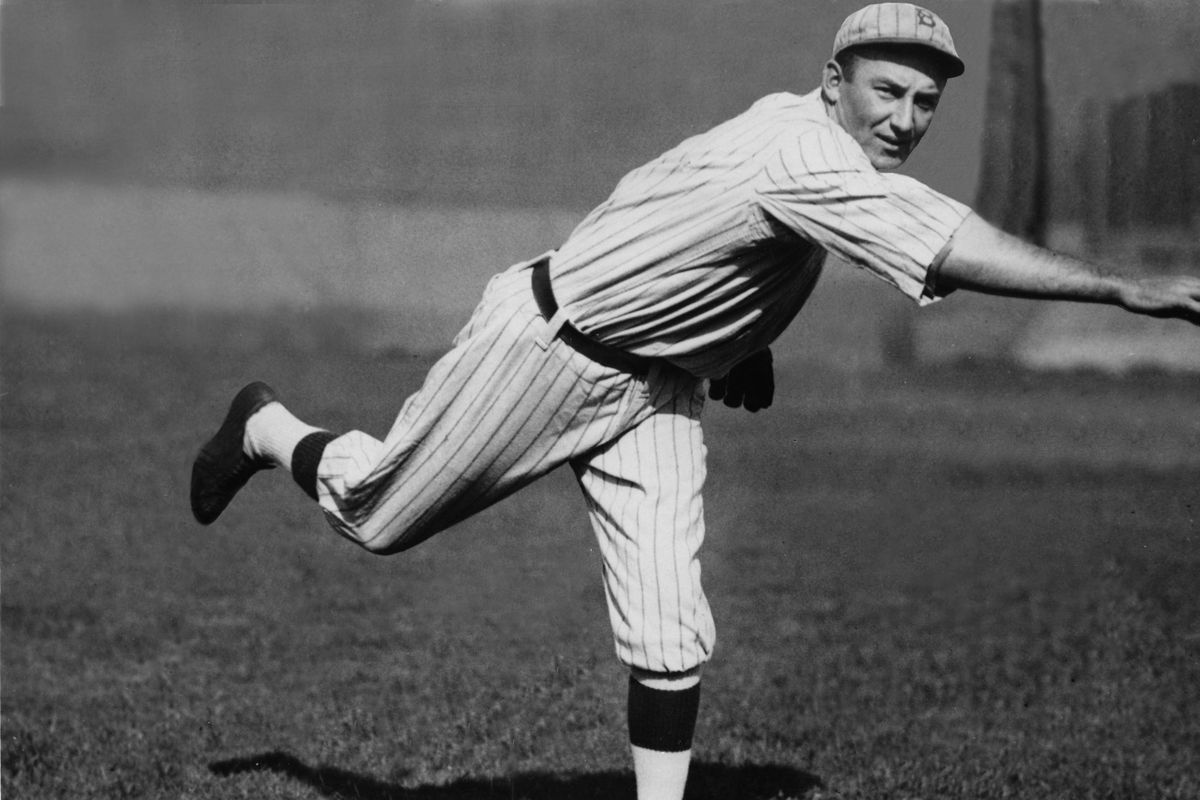
In 1919, Oeschger was roommates with legendary Olympian Jim Thorpe, who was playing in his sixth and final season of professional baseball. Thorpe, a two-time All-American football player and the pentathlon and decathlon champion at the 1912 Stockholm Olympics, was arguably the greatest all-around athlete of his generation. (5) Admittedly, Thorpe had difficulty hitting the curveball, something he claimed was the reason his lifetime batting average was only .252. Oeschger confirmed this in a later interview when he said, “He (Thorpe) was a tremendous athlete. He looked terrible at times on curveballs, but he would beat out a lot of infield hits.” (6)
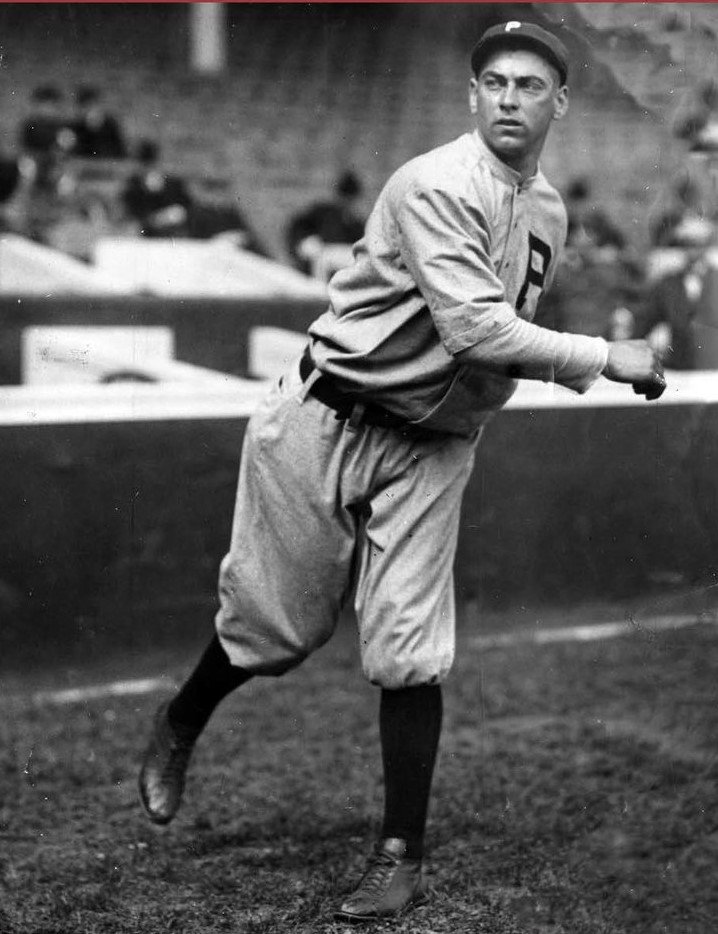
Cadore missed most of the 1918 season due to service in the Army during WWI. A Lieutenant in the 369th Infantry, Cadore saw hard fighting in France toward the end of the war. In one story he was known to tell, he was crawling on his belly under enemy fire when another soldier tugged at his arm and said, “Aren’t you Leon Cadore? Do you remember me? I hit that triple off you in Spokane back in ’08 when you pitched for Gonzaga University!” (7) Cadore did in fact pitch for Gonzaga. He was a three-sport athlete there, graduating in 1908 at the age of 16, and was inducted into the Gonzaga Athletic Hall of Fame in 1989. (8)
Cadore was good friends with Casey Stengel from their days as teammates with the Brooklyn Robins. In fact the two were roommates until Stengel was traded to Pittsburgh in 1918. In a game the following year, when Stengel and the Pirates visited Ebbets Field, Stengel, a Brooklyn favorite, misjudged a fly ball, allowing three Brooklyn runs to score. Cadore, still with Brooklyn, captured a sparrow in the dugout and gave it to Stengel, who placed it under his cap. In his next at-bat, to the mock jeers of the crowd, Stengel tipped his cap to the fans, and out flew the sparrow, much to their laughter and delight. (9) It was a typical Stengel antic, and it was set in motion by Stengel’s former roommate, Cadore.
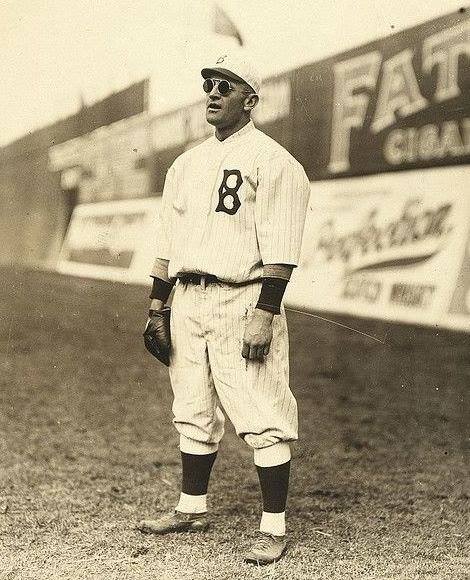
In the bottom of the twentieth inning, Brooklyn Manager Wilbert Robinson offered to send in a relief pitcher in place of Cadore, but Cadore refused, saying, “If that other fellow can continue to pitch, then so can I.” In a later interview, Oeschger explained that, “If a pitcher couldn’t go the distance, he soon found himself another occupation.” As a testament to their endurance, Oeschger threw no-hit ball over the final nine innings of the game. Cadore at one point retired fifteen batters in a row before surrendering a single in the twentieth inning, then proceeded to retire the next nineteen batters he faced before issuing a bunt single with two outs in the bottom of the twenty-sixth inning. (10) It was almost as if the two pitchers grew stronger as the game wore on.
By the twenty-sixth inning, players were complaining they could not see the ball well enough to continue. Dark clouds had persisted throughout the afternoon, and during the final innings, a misting rain had returned. Home plate umpire Barry McCormick and field umpire Bob Hart met with both managers – Brooklyn’s Wilbert Robinson and Boston’s George Stallings – and after a brief discussion decided to halt the game because of darkness. The game ended at 6:50 p.m., 3 hours and 50 minutes after it began. (11) McCormick, the home plate umpire, said later that he hoped the game would end in a tie because, after so great an effort by both pitchers, it would be a shame to see either of them get the loss. (12)
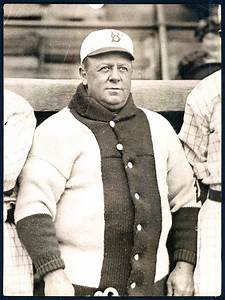
No one knows for sure how many pitches were thrown that day. In interviews after their retirements, Oeschger estimated he threw about 250 pitches. Cadore estimated his total to be about 300 pitches. However many there actually were, only three baseballs were used the entire game. (13) Cadore said later that for three days afterward, he wasn’t able to raise his arm to comb his hair. He sat out a week before his next start, in which he lasted only five innings, then sat out another eleven days before returning to the mound. Oeschger would not make his next start until eleven days later. (14)
If the strain on their arms from pitching twenty-six innings had any lasting effect, it wasn’t readily obvious. Both pitchers went on to win fifteen games that season. During Brooklyn’s pennant drive, Cadore started six games in seventeen days. On September 4, he pitched a shutout against Boston to move the Robins into first place, then got his next start two days later. He was 4-2 down the stretch, with a 2.15 ERA, showing no signs of arm fatigue. (15) Likewise, Oeschger recorded his only 20-win season the following year with a 20-14 record and 3.52 ERA. (16_
The game also resulted in three other major league records for Oeschger. He became the only pitcher to twice pitch twenty or more innings in a game. His first time was the year before, on April 30, 1919. That game pitted Oeschger against legendary Brooklyn spit-baller Burleigh Grimes. Both pitched all twenty innings in a 9-9 no-decision game that was also called due to darkness. (17) Oeschger also holds the record for most consecutive scoreless innings pitched in a single game (21 2/3), and is tied for the record of twelve assists by a pitcher in a single game. (18)
Despite their Herculean accomplishments, neither pitcher was much impressed with his record-setting feat. As Oeschger would later describe it, “A 1-1 contest that goes 26 innings must have been dull to watch!” ( 19)
Ron Christensen
We’d love to hear what you think about this or any other related baseball history topic…please leave comments below.
CITATIONS / REFERENCES:
- The Pickwick Papers, Charles Dickens, 1837
- Wikipedia – MLB’s Longest Game
- SABR – Joe Oeschger, by John F. Green
- Wikipedia – MLB’s Longest Game
- SABR – Jim Thorpe, by Don Jensen
- SABR – Leon Cadore, by Warren Corbett
- SABR – Leon Cadore, by Warren Corbett
- Gonzaga Athletic Hall of Fame
- Wikipedia – MLB’s Longest Game
- SABR – An Extreme Exercise in Futility, by Warren Corbett
- Wikipedia – MLB’s Longest Game
- Wikipedia – MLB’s Longest Game
- Wikipedia – MLB’s Longest Game
- SABR – Leon Cadore, by Warren Corbett
- SABR – Leon Cadore, by Warren Corbett
- SABR – Joe Oeschger, by John F. Green
- SABR – Joe Oeschger, by John F. Green
- Wikipedia – MLB’s Longest Game
Wikipedia – MLB’s Longest Game
Photo Credits: All from Google search
Subscribe to Baseball History Comes Alive. FREE BONUS for subscribing: Gary’s Handy Dandy World Series Reference Guide. https://wp.me/P7a04E-2he
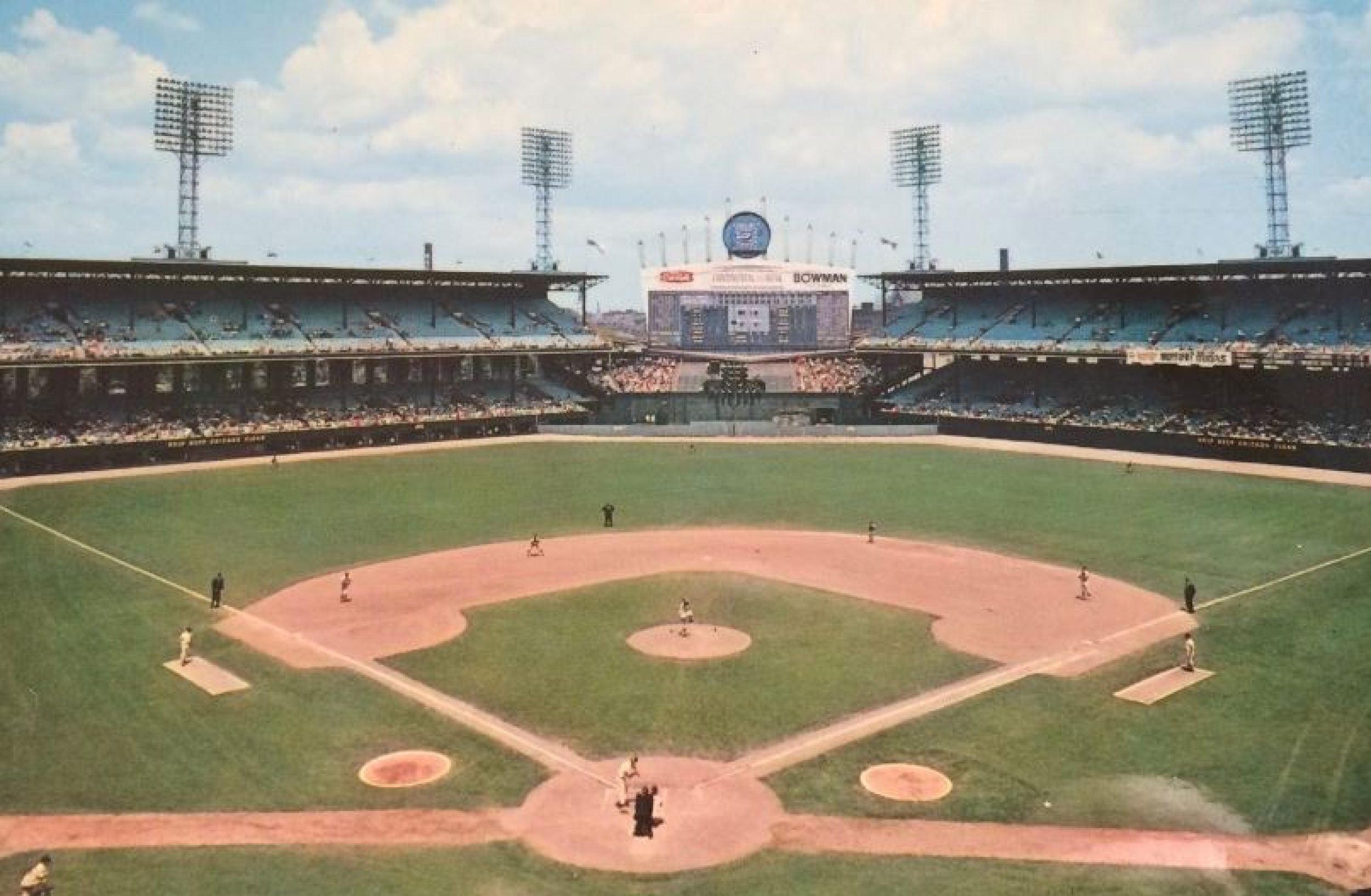
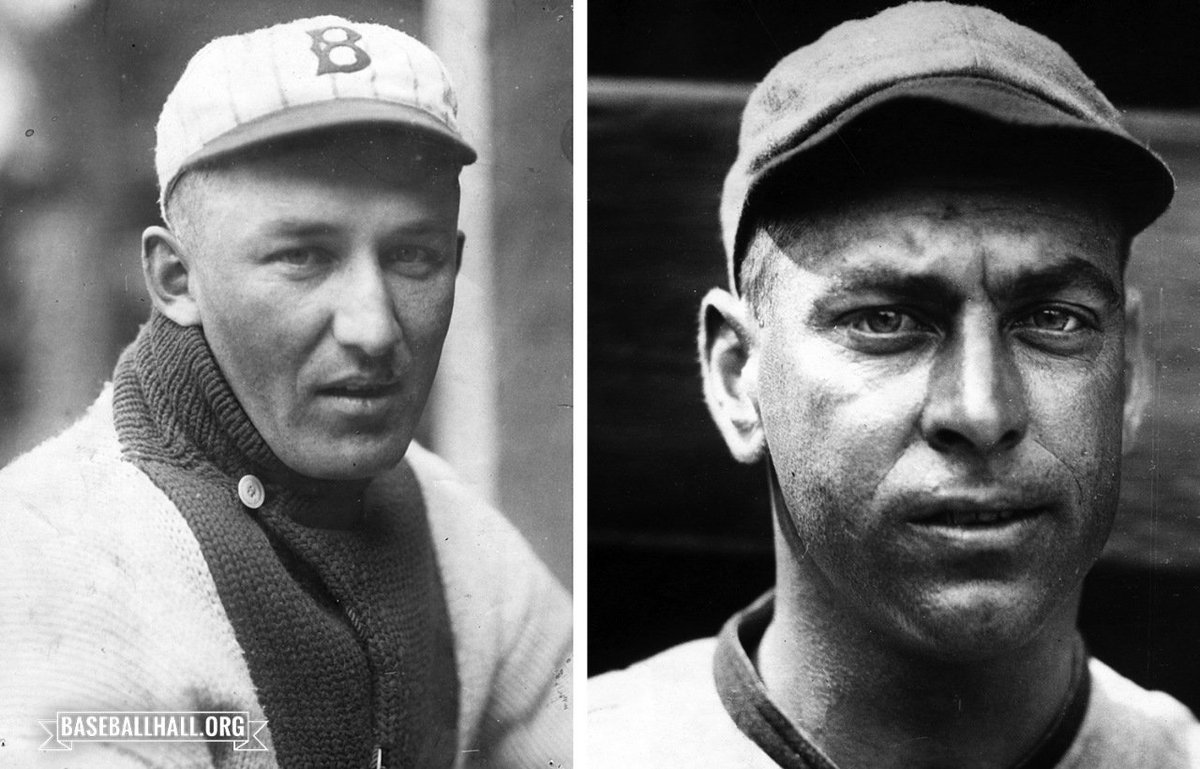

This is a condense version of a much longer essay on the longest game that will (hopefully!) appear in Ron Christensen’s collection of baseball essays.
I checked the boxscore for this game. It was played in 3:50. There were only 4,500 fans in attendance. I wonder how many were left at the end of the game. Two future Hall of Famers in the game: Zach Wheat (2-for-9) for Brooklyn, and Rabbit Maranville (3-for-10) for Boston. And talk about a bad day at the office!: Chuck Ward 0-for-10, and Charlie Pick 0-for-11. A couple other guys went 1-for-10.
Thanks Gary! Great insights! Thank you for printing the essay!
I believe Charlie Pick’s 0-11 set the record for most at bats in a game without a base hit. And just imagine playing 26 innings – almost three complete games – in under four hours! We’ve often seen nine inning games go longer.
Too bad the game wasn’t suspended and resumed on a later date instead of ending it in a tie.
Good point Vince!
Thanks Vince. There’s actually a newspaper article from June 26, 1920 that said the May 1st game was replayed as the second game of a doubleheader on June 25, 1920, with the Braves winning 4-2. Neither Cadore or Oeschger pitched in that game, though Cadore was the winner for Brooklyn in the regularly scheduled first game. The article can be viewed at Newspapers.com under the title “Robins and Braves split twin bill.”
This was one of the most interesting articles ever on the site. Congratulations and Bravo!
Thanks Jim!
Thank you, Jim! That’s so very nice of you to say! I’m very pleased you enjoyed it.